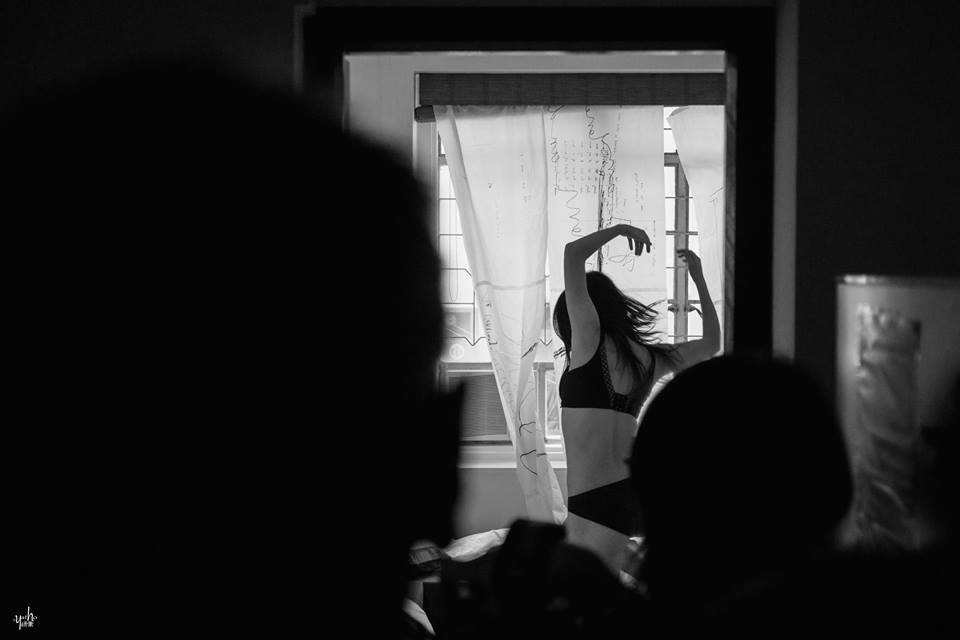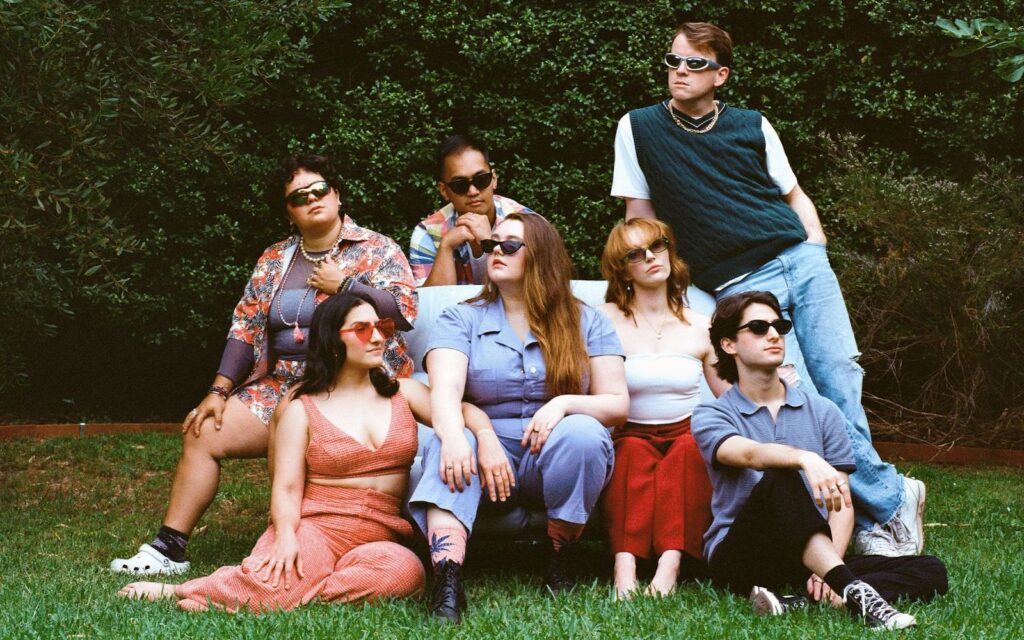How was your show formed?We developed this piece primarily because Stella’s friend, Chin Tangerine, passed away in 2015. Stella had to find a way to digest the incident and to express the intense emotions and art came into the process naturally. Lighthouse was then conceived, and in 2017 we decided to do an international tour, which on one hand is a precious chance to reflect on the experiences and the subject matters such as life, death, memory and time after two years, and on the other hand is an opportunity to challenge ourselves artistically by having this experiment based on structural improvisation and different settings.
How do you use setting and lighting? As a site-specific work, our keywords in designing the setting and lighting are natural and quotidian. That means that we try to let the original setting and the natural lighting and light cycle inspire our design. We have a pretty stable list of items that we use to transform the space to externalize the inner psyche of depression and memory that we try to represent. And to walk through different rooms with different settings, we hope to bring a visceral journey to the audience. As for lighting, natural sunlight is a vital element of the work, as we always plan the performance across sunset time. At the end of performance, the audience should feel that they’ve journeyed through a transformation.
How do you use sound and movement? In our performance in Stockholm, we had the audience listening to a sound recording on a 40-minute bus ride to the performance venue. It invited the audience to be mindful of every sonic detail around. In this way, the bus ride prepared the audience for a suitable state-of-mind for the performance via sonic means. Movement is the main corpus of the work. There are different qualities in the movement and they react to the sounds in different ways.
Can you share a moment you/your cast have always remembered? Chin lived in Stockholm for almost two years and it felt quite surreal when we really got the chance to perform there. There was one performance in which Chin’s Swedish friends and a friend of Brian and Chin from Hong Kong were there. It was coincidental that the friend from Hong Kong happened to be in Stockholm for some other business and he decided to come see the show. He burst into tears as we were strolling in a cemetery nearby after the performance. He told us he tried to avoid talking about her after she passed away. The performance reminded him of what she was like – how she used to move in the kitchen, how much she wrote, and how she would start singing when the rent was due. It was truly like a lovely, magical glimpse of different parts of Chin for me and it was amazing that we could still learn new things about her after two years. That evening was very intimate, emotional and full of love, and it was especially soothing when the family of our host also experienced the death of two beloved ones recently.
Can you describe the journey of creating a show? On this tour, we went to Stockholm, Bergen and now Melbourne. Travelling through these cities is a journey in itself. In the macro sense, cultural difference and the actual venues present us with different challenges in each stop. In Bergen, we performed in a historical villa built before World War One. The history-laden within this villa was a lot to deal with, but at the same time, it provided us with rich nutrients on which our work could grow. The same thing happened with all the cities we have performed in. Within a city though, we have this micro journey of getting used to the venue, to the sunlight cycle, to the weather, and only after that we can start to devise our work in that particular venue. We hope to experience the venue intimately so that we can create an intimate experience for the audience, where every small detail is taken into consideration, and the space and the work present a singular immersive atmosphere to the audience.







